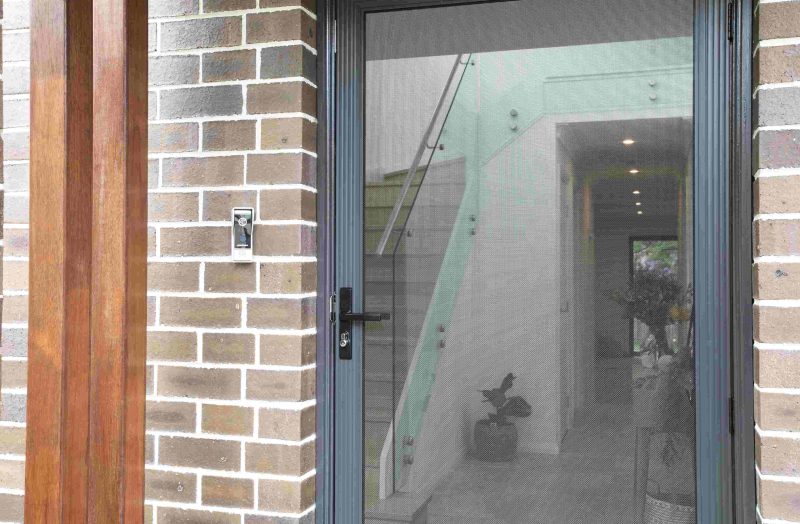What You Need to Know about Installing Screen Doors in your Rental Home
In addition to the benefits of keeping bugs out of the home, screen doors can add an extra layer of security to a property. By providing another lock for burglars to break through, and, depending on what screen door you choose, providing shock resistance that can help prevent the invader from smashing windows and gaining access, screen doors can be a great security investment. For this reason, people who move into a home without screen doors tend to want to add them to their property as a matter of priority.
Of course, for people living in rental properties, you can’t simply install a screen door on a whim; among other reasons, the landlord has a right to have a working set of keys to the home, and installing a screen door adds an extra key for access.
Who has the responsibility?
For standalone properties, the owner has a responsibility to provide a base level of security. This minimum required security is listed as either a deadlock, patio bolt lock (if a deadlock cannot be installed), or a AS 5039-2008 compliant key lockable security screen door. If the installation of a screen door is necessary to bring the security of the entrance up to that level, then it is the responsibility of the property owner to pay for it.
If the screen door would be in addition to the minimum level of security, then there’s a discussion that needs to happen with the landlord, in order to determine who pays. Assuming the desired fly screen fits with the aesthetics of the home, the extra security can be seen as adding value to the overall property, and thus it would be unfair to expect the tenant to foot the bill in its entirety. On the other hand, by the letter of the law, this is an addition to the requirements of what the landlord needs to provide a tenant, and thus it should be treated as such. Generally speaking in these circumstances, a tenant and landlord will agree to share the costs of the screen door.
Who needs to give permission?
Meanwhile, for apartments, it’s generally the body corporate that needs to give permission for a fly screen to be installed. Tenants that would like to install a screen will need to discuss with their body corporate what rules and provisions sit around this, and who is responsible for the cost of installing the screen, if permission is given. It’s far more likely that the tenant will need to wear the cost of installation in this case, and there are likely to be rules sitting around what is and is not permitted in terms of screen doors.
However, if a tenant moves into an apartment with an existing fly screen, and that screen needs to be replaced for whatever reason, then the responsibility of the replacement may well shift to either the body corporate or owner. Again, it’s important to check with the body corporate in these circumstances.
How should the screen be installed?
Assuming permission is given for the fly screen, the next thing to check will be how to install the screen. In most cases, installing a screen into a doorway should be straightforward; there should be enough space for the hinges and door to face outwards, allowing the screen door to swing outward (where the door into the house should swing inwards).
What about windows?
For windows, the process might be more complex. Windows come in a great variety of different forms, from sliding windows, to awning windows and double hanging windows. Depending on how these windows are laid, it might be impossible to install the screen on the outside of the window, meaning that it would need to be installed on the inside. This might also be impossible if, for example, the window is an inwardly-facing awning window. Further, to install a screen on the inside, it’s important to consider how the window itself could then be opened.
In some cases, it might be that a screen door can only be installed with modifications to the window frame, or structure of the building. If this is the case, then it’s important to again get permission from the landlord, as the permission to install the screen doesn’t necessarily extend to permission to make other changes to the home.
Sorting out screens in a rental property
If you’re a tenant looking for a property, it’s a good idea to check the screen doors upon the first inspection of the home. It might well be that you will identify doors and windows that you’ll want to have screens over from the outset, and that’s a conversation that you can have immediately with the landlord or real estate agent. It might even be that they’re happy to install these before you commence the tenancy, which would be the ideal situation. Contact SP Screens today to explore how a security screen could benefit your home.





Share